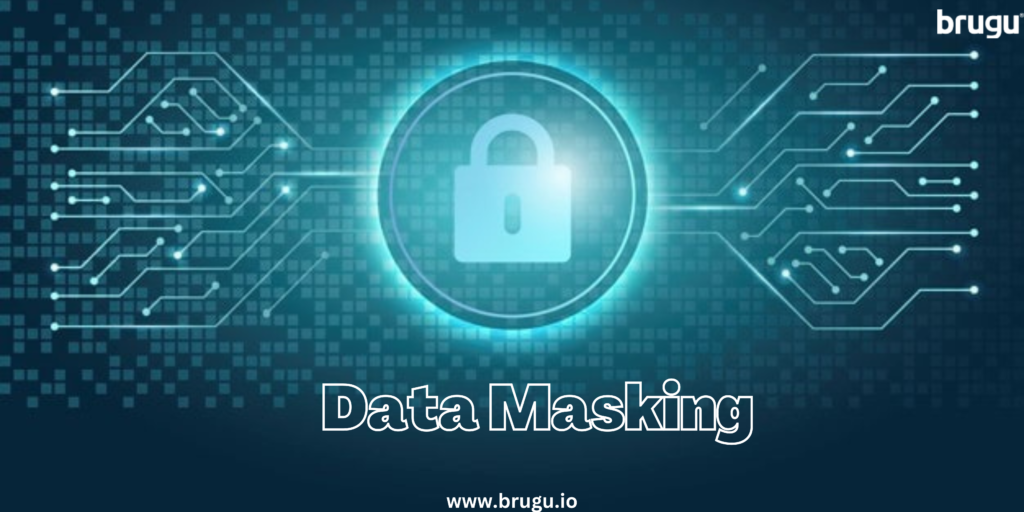Tokenization is the process of exchange delicate data for non-sensitive data, referred to as “tokens” that are used to access a database or an internal system without having to bring it under the remit.
While the tokens do not have any connection to values, they still retain some aspects of the original data, such as the common length or format. Therefore, they can be used to carry out continuous business processes. Original sensitive information is securely stored outside of the company’s internal systems.
In contrast to encrypted information that is encrypted, tokenized data is unreadable and irreversible. This distinction is crucial since it is impossible to establish a mathematical connection to the data token or the original number, tokens are not able to be restored in their original state without the addition of other storage of data. In the end, the breach of the environment in which tokens are stored does not affect the original data that is sensitive.
What is a token?
As previously mentioned the term “token” refers to an item of data that serves as a substitute for another important piece of information. Tokens do not have any value by themselves. They’re only valuable because they represent something of value, like the primary credit card account code (PAN) as well as a Social Security number (SSN).
A great analogy is a chip from a poker. Instead of filling tables with cash (which is easily lost or taken) Players make use of chips to serve as placeholders. But, they can’t be used to purchase money even if they’re taken. They have to be traded for their value.
Tokenization operates by removing important data from your system by replacing the data with tokens. The majority of businesses have at least some of their sensitive data in their systems, whether that be credit card information as well as healthcare information Social Security numbers, or any other information that requires protection and Security Tokenization. With tokenization, businesses can continue to utilize the data for their business needs without the risks or legal ramifications of keeping sensitive data internal to the system.
What is the purpose behind Tokenization?
The goal of tokenization is to secure sensitive information while maintaining its commercial value. This is different from encryption, which is where sensitive information is stored and modified using methods that are not able to permit its use for business reasons. If tokenization can be described as the Poker chip, encryption works the same as an electronic lockbox.
In addition, encrypted numbers are decrypted by using the correct key. However, tokens cannot be reversed since there is no mathematical connection between the token and the initial number.
Is Detokenization a thing?
Tokenization can be described as the reverse procedure that exchanges the token to the data. The process can only be performed with the initial tokenization method. There is no alternative to determine the original code using only the token.
Tokens may be used for one-time use (low-value) for transactions like single-use debit card transactions which don’t require to be kept or stored in a database. They can also be permanent (high-value) in things like a repeat customer’s credit card number that has to be saved in a database to facilitate regular transactions.
What is the encryption Process?
It is a procedure in the process of encrypting sensitive information, where mathematically modified but the original pattern remains in the code. It is possible for encrypted numbers to be decrypted by using the appropriate key, which is either through using brute computation force, or a hacked or stolen key.
What is the purpose behind Tokenization?
The purpose of a tokenization system is to eliminate any original sensitive payment information or personal information from your company systems to replace each information set by an unreadable token, and then store your original files in a safe cloud environment that is separate from your systems for business.
For example, tokenization in banking protects cardholder data. If you make a transaction with the token that is stored in your system it is only your original credit tokenization system is able to swap the token for the main account number (PAN) and then send it to the processor to authorize the transaction. The systems you use do not retain, transmit or store the PAN, only the token.
Although no technology can guarantee the prevention of a data breach, a properly built and implemented cloud tokenization platform can prevent the exposure of sensitive data, stopping attackers from capturing any type of usable information–financial or personal.
“Usable Information that is usable” is the most important thing in this. Tokenization isn’t a security system that prevents hackers from gaining access to your information systems and networks. There are different security techniques specifically designed to protect against this. Instead, it is an approach to security based on data that adheres to “Zero trust” principles.
But, no defense has been proven to be invincible. It doesn’t matter if it’s through mistakes made by humans, malware email, phishing, or even brute attack, criminals have numerous ways to attack weak organizations. In the majority of instances, it’s a question of when and not when an attack is successful. The benefit of cloud tokenization is that there’s no information accessible to be stolen when an inevitable breach occurs. Due to this, it practically eliminates the possibility of data theft.
Does Tokenization Mask Data?

Data masking de-sensitizes sensitive information by altering pieces of data until they cannot be traced back to original data. Instead of erasing a portion of the data and replacing the data with empty values, it replaces sensitive parts with data that is “masked” to reflect the attributes that the data originally had.
Tokenization is a method of masking data that not only creates a masked copy of data but saves all original information in a safe storage location. The result is masked data tokens that are not traceable in the direction of original data but still allow an access point to data if required.
What is Tokenized Data pseudonymous?
Pseudonymized data refers to data that is not tied to an individual. The importance of data pseudonymization is particularly for businesses that deal with private personal information and require to be in compliance with the GDPR and the CCPA. To be able to be pseudonymized, the individual reference to the data has to be replaced with the pseudonym of another and not be linked to the identity assigned to the pseudonym. In the event that the information that is personally identifiable (PII) is replaced in a manner that is not traceable, then the information is pseudonymized.
Tokenization is a widely-known and well-accepted tool for pseudonymization. Tokenization is a particular type of pseudonymization employed to safeguard individual identities while preserving the integrity of the original data. Cloud-based Tokenization companies allow businesses to eliminate identifying information completely from their systems and reduce both the size and costs of conformity.
Do I need to tokenize my Data?
Tokenization can not only improve security for sensitive data but reduce the scope of compliance and related costs. Tokenization’s flexibility allows businesses to develop customized solutions that help them meet their requirements for data utility with security needs data.
If you’re considering tokenization for your business and would like to discuss it with one of our Brugu representatives now. We’d love to engage in conversations about your particular data usage scenario and talk about the possibility of tokenization to help you achieve your goals for data security.

 Speak to expert
Speak to expert
Comments are closed.